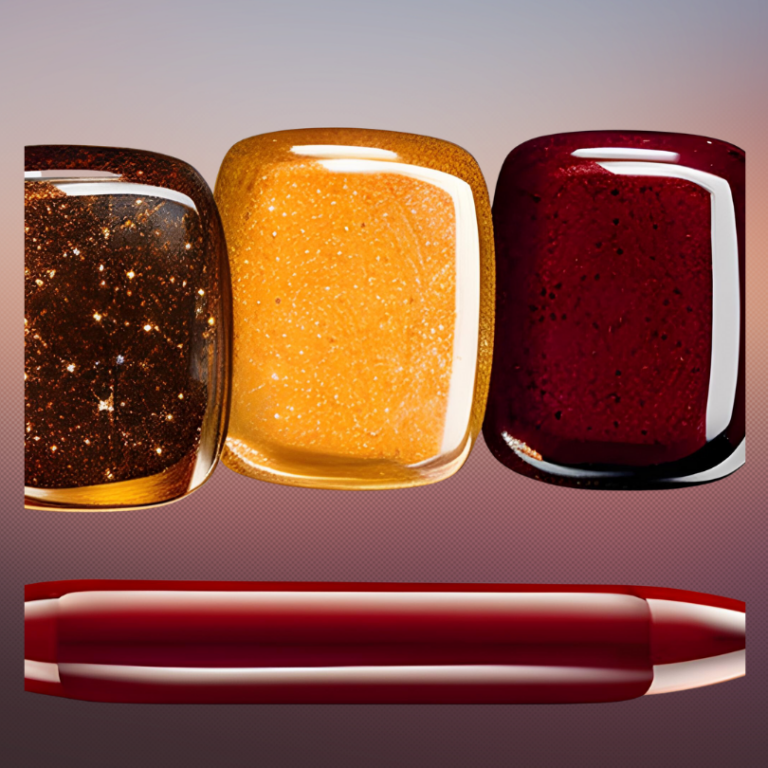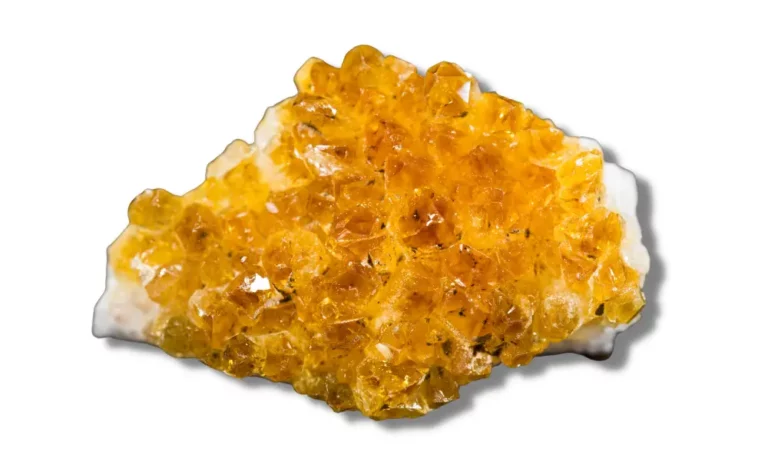Brazilianite: Properties, Benefits & Meanings

Brazilianite Overview
Brazilianite is a rare phosphate mineral discovered in Brazil in the 1940s. It is known for its vibrant green or yellow-green color, caused by trace amounts of vanadium.
It is believed to possess numerous physical and spiritual properties, making it a sought-after gemstone. It is relatively hard and has a high refractive index. It also has a unique crystal structure, which gives it a distinct appearance.
Spiritually, It is also thought to promote mental clarity, self-awareness, and growth. This blog post will explore Brazilianite’s beauty, uses, healing properties, and symbolic meanings.
What Is Brazilianite?
Brazilianite is a rare phosphate mineral prized for its striking green or yellow-green coloration. It was first discovered in Brazil in the 1940s. It is primarily found in granitic pegmatites, igneous rocks that produce large, high-quality gemstones.
Brazilianite is relatively hard and has a high refractive index, reflecting light exceptionally well, giving it a brilliant appearance. Beyond its physical properties, it is believed to possess spiritual properties and is often used in crystal healing practices. It is considered a semi-precious gemstone and can be found in various jewelry pieces and their raw form.
Brazilianite is one of four relatively new phosphate minerals used as gemstones; the others are amblygonite, turquoise, and apatite. Because of color similarity, it is sometimes mistaken for amblygonite, apatite, chrysoberyl, beryl, and topaz. Brazil’s largest producer and exporter of gemstones is Minas Gerais State: it generates 74% of official production – including Brazilianite.
How is Brazilianite Formed?
Brazilianite is formed due to hydrothermal processes in granitic pegmatites, which are igneous rocks that form from molten magma. Specifically, it forms when hot water, rich in phosphorus, potassium, and other elements, circulates through the pegmatite, depositing those elements in the fractures and cavities of the rock. Over time, the mineral crystals grow, and under the right conditions, they can form large, high-quality gemstones like Brazilianite.
The presence of trace amounts of vanadium in the hydrothermal fluids is responsible for the distinctive green or yellow-green coloration. Due to the specific conditions required for its formation, it is a relatively rare mineral. It is found in only a few locations worldwide, with the primary source being the Minas Gerais region of Brazil.
Physical Properties
| Mineral Group | Phosphate mineral |
| Formula | NaAl_3(PO_4)_2(OH)_4 |
| Chemical Name: | Sodium aluminum phosphate hydroxide |
| Color | Green, yellow-green |
| Hardness (Mohs scale) | 5.5 to 6 |
| Refractive Index | 1.61-1.63 |
| Fracture | Conchoidal |
| Luster | Vitreous to greasy |
| Specific Gravity | 3.1-3.2 |
| Transparency | Transparent to translucent |
Etymology
The name Brazilianite is derived from Brazil, where the mineral was first discovered. The suffix “ite” is commonly used in mineral names to denote that it is a naturally occurring mineral. Therefore, the name Brazilianite refers to the fact that this phosphate mineral was first identified in Brazil.

Where is Brazilianite Found?
Brazilianite is a relatively rare mineral and is found in only a few locations around the world. The primary source is the Minas Gerais region of Brazil, but it has also been found in the following countries:
- Argentina
- Australia
- Brazil
- Canada
- China
- France
- Germany
- Italy
- Namibia
- South Africa
- USA (Maine and New Hampshire)
- Zimbabwe
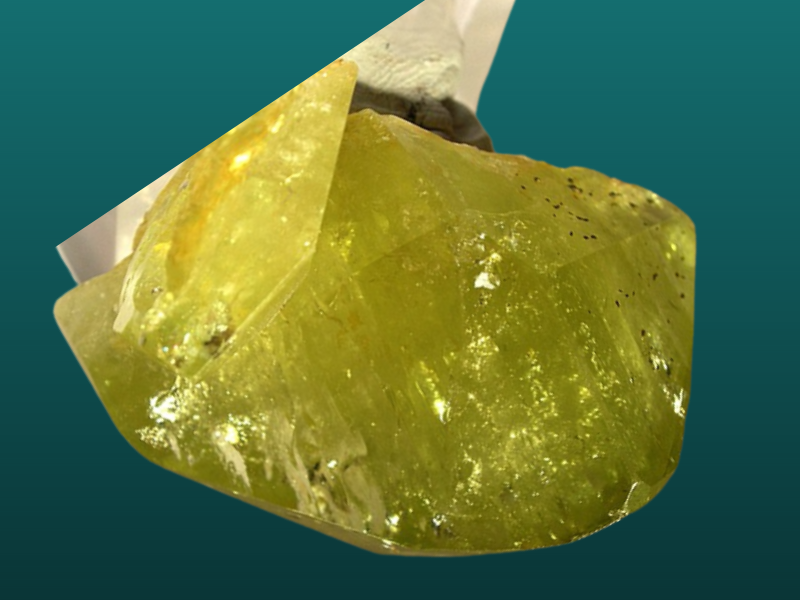
Brazilianite Appearance
Brazilianite is a beautiful and striking gemstone known for its distinctive green or yellow-green coloration. The color is usually described as a vivid grassy green. However, the color can range from a pale yellow-green to deep emerald green, depending on the number of trace elements present in the crystal.
Brazilianite crystals are typically prismatic or tabular, with flat, smooth faces and sharp edges. They can be transparent to translucent and have a vitreous to greasy luster. The crystals often occur in clusters or groups and can be large, sometimes several inches long. The stone is unique and attractive, making it a popular gemstone choice.
Types of Brazilianite
There are no known types or varieties of this stone. However, it can exhibit slight variations in color and clarity depending on its specific location of origin. For example, stones from the Minas Gerais region of Brazil is known for their bright green color. At the same time, the mineral from the United States is typically a paler yellow-green color.
The stone from other locations worldwide may also exhibit slightly different shades of green or yellow-green, depending on the trace elements present in the crystal. However, these variations are not significant enough to be classified as different types or varieties.
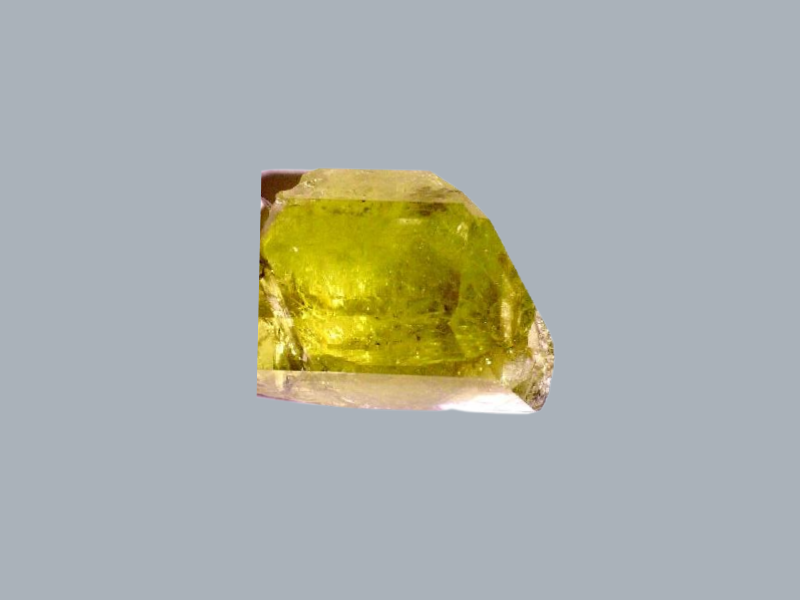
Brazilianite Value and Price
Brazilianite is a relatively rare and highly valued gemstone due to its striking color and unique properties. However, the value of the stone can vary depending on several factors, including:
- Color: The most important factor that affects the value is its color. The most desirable stones have a bright green color. In contrast, stones with a paler or more yellowish-green color are generally less valuable.
- Clarity: The crystals can exhibit some inclusions and natural imperfections. The fewer inclusions and the higher the clarity of the stone, the more valuable it will be.
- Carat weight: As with most gemstones, the larger stones are more valuable. However, it is worth noting that crystals are relatively rare in larger sizes, so stones over a few carats can be quite valuable.
- Cut: The cut can also affect its value. Well-cut stones that exhibit excellent brilliance and fire are generally more valuable than poorly cut stones.
- Origin: The stones from the Minas Gerais region of Brazil are generally considered the most valuable due to their high quality and rarity. Depending on their specific characteristics, stones from other locations may be less valuable.
Brazilianite can be quite valuable, ranging from several hundred dollars per carat for smaller stones to several thousand dollars for larger, high-quality stones. Like any gemstone, the value ultimately depends on specific characteristics and market demand.
How Can You Tell if Brazilianite Is Real?
Various tests can be performed to determine the authenticity of Brazilianite gemstones. Here are a few:
- Visual inspection: The stone has a distinctive green or yellow-green color, so one way to tell if it is real is to examine its color and appearance. It should have a vivid grassy green color and a vitreous to greasy luster. The crystals are typically prismatic or tabular, with flat, smooth faces and sharp edges.
- Hardness test: The stone has a hardness of 5.5-6 on the Mohs scale, which means it is a soft stone and can be scratched by harder materials such as quartz or topaz. Testing the stone’s hardness with a scratch test can help confirm its identity.
- Specific gravity test: The stone has a specific gravity of 3.1-3.2, which means it is denser than most non-metallic minerals. Measuring the stone’s specific gravity using a gemological balance can help distinguish it from other minerals.
- Refractive index test: It has a refractive index of 1.61-1.63, which means it has a moderate to a high level of refractivity. Testing the stone’s refractive index using a refractometer can help identify it.
- Chemical tests: Brazilianite can be identified by its chemical composition, which includes sodium, aluminum, phosphorus, and oxygen. Chemical tests using laboratory equipment can help determine the composition of a suspected sample.
Combining these tests can help determine the authenticity of a Brazilianite gemstone. However, it is always recommended to consult with a professional gemologist or a reputable dealer for accurate identification.
What Does Brazilianite Symbolize?
Brazilianite is believed to have several spiritual and metaphysical properties and is associated with several symbolic meanings. Here are some of the most common meanings and associations attributed to it:
- Transformation: It is thought to assist in spiritual transformation, helping the wearer to break free from negative patterns and overcome obstacles in their life.
- Personal power: The stone is said to enhance one’s energy and sense of self-confidence, making it easier to assert oneself and achieve goals.
- Creativity: It is thought to stimulate creativity and imagination, making it an ideal stone for artists, writers, and other creative types.
- Manifestation: The stone is said to assist in expressing one’s desires and intentions, helping to bring about positive change and personal growth.
- Spiritual growth: It is believed to have a strong connection to the spiritual realm, helping the wearer to connect with their higher self and develop a deeper understanding of their spiritual path.
Overall, it is a stone of empowerment and transformation, helping the wearer to achieve their goals and reach their full potential. In addition, it is believed to bring joy, happiness, and abundance into one’s life.

Uses of Brazilianite
Brazilianite is a rare gemstone highly valued for its beauty and unique metaphysical properties. Here are some of the most common uses:
- Jewelry: It is a popular gemstone for use in jewelry, especially for pendants, rings, and earrings. Its vivid green color and unique crystal formations make it an attractive and eye-catching choice for statement pieces.
- Spiritual healing: The stone is believed to have powerful spiritual and metaphysical properties and is often used in meditation and spiritual healing practices. It is said to help enhance intuition and promote spiritual growth and transformation.
- Collecting: It is highly sought after by collectors and gemstone enthusiasts because of its rarity. It is often prized for its unique crystal formations and vivid green color.
- Decorative purposes: The stone is sometimes used in decorative applications, such as tabletop displays or as part of mineral collections.
- Metaphysical practices: It is used in various metaphysical practices, such as energy work and crystal healing. It is believed to have a powerful effect on the body and mind, helping to promote emotional balance, clarity of thought, and spiritual growth.
Brazilianite is a highly prized gemstone used for various purposes, from jewelry-making to spiritual healing.
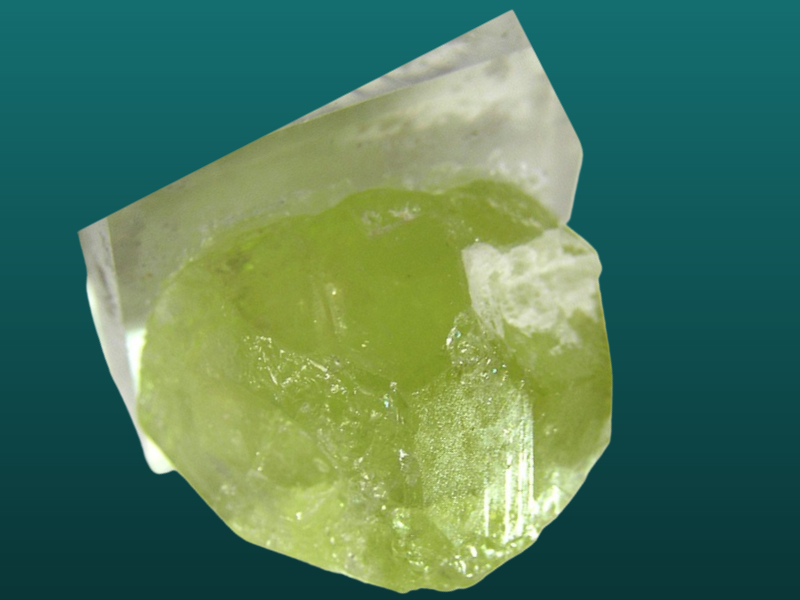
How To Take Care Of Brazilianite Jewelry?
Brazilianite is a relatively soft gemstone with a Mohs hardness of 5 to 5.5, which means it is susceptible to scratches and damage from impact. Therefore, taking care of your jewelry is important to ensure it retains its beauty and integrity. Here are some tips on how to care for your jewelry:
- Clean your jewelry regularly: Clean your jewelry regularly using a soft cloth or a mild cleaning solution. Avoid chemicals or abrasive materials that can damage the stone.
- Store your jewelry carefully: Store it in a jewelry box to protect it from scratches and damage when you’re not wearing it.
- Avoid exposure to heat and sunlight: The stone can be sensitive to heat, and prolonged exposure can cause its color to fade. Therefore, storing your jewelry in a cool, dry place away from direct sunlight is best.
- Avoid contact with harsh chemicals: Exposure to harsh chemicals, such as bleach or acids, can damage the stone. Therefore, avoiding wearing your jewelry while swimming or doing household chores involving chemical exposure is important.
- Handle your jewelry with care: When handling your jewelry, be gentle and avoid banging it against hard surfaces. This can cause chips or scratches in the stone.
These tips can help ensure your jewelry remains beautiful and in good condition for years.
FAQ
Can Brazilianite be used for engagement rings?
The gemstone is not a traditional choice for an engagement ring due to its relatively low hardness on the Mohs scale. It can be prone to scratches and damage from impact, making it less suitable for everyday wear.
Is Brazilianite a rare gemstone?
It is considered to be a rare gemstone. It is found in only a few locations worldwide and is highly prized by collectors and gemstone enthusiasts.
Is Brazilianite used for spiritual healing?
The stone is believed to have powerful spiritual and metaphysical properties and is often used in meditation and spiritual healing practices. It is said to help enhance intuition and promote spiritual growth and transformation.
Is Brazilianite an expensive gemstone?
The value of Brazilianite can vary depending on factors such as color, clarity, and carat weight. However, due to its rarity and beauty, it is generally considered a relatively expensive gemstone.


